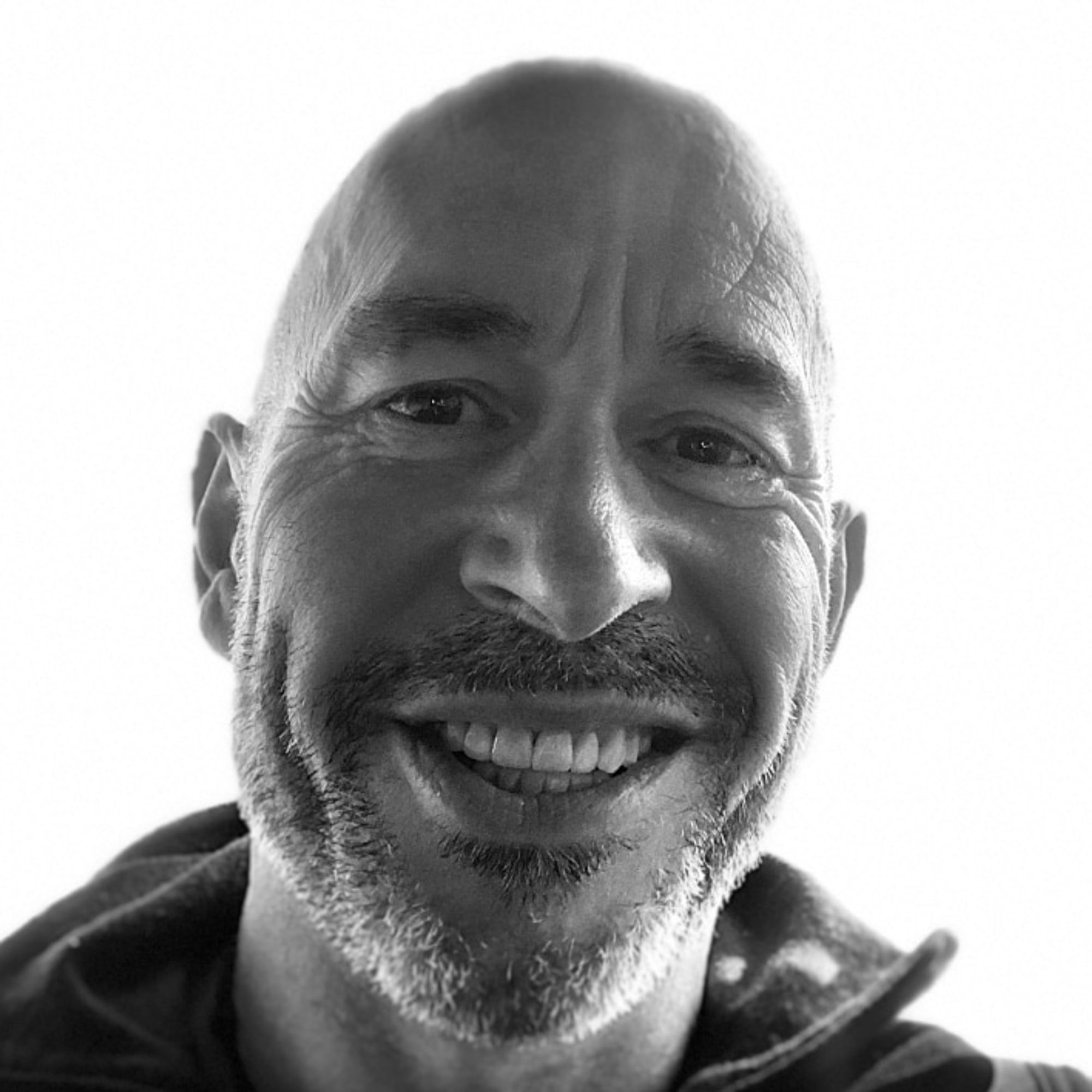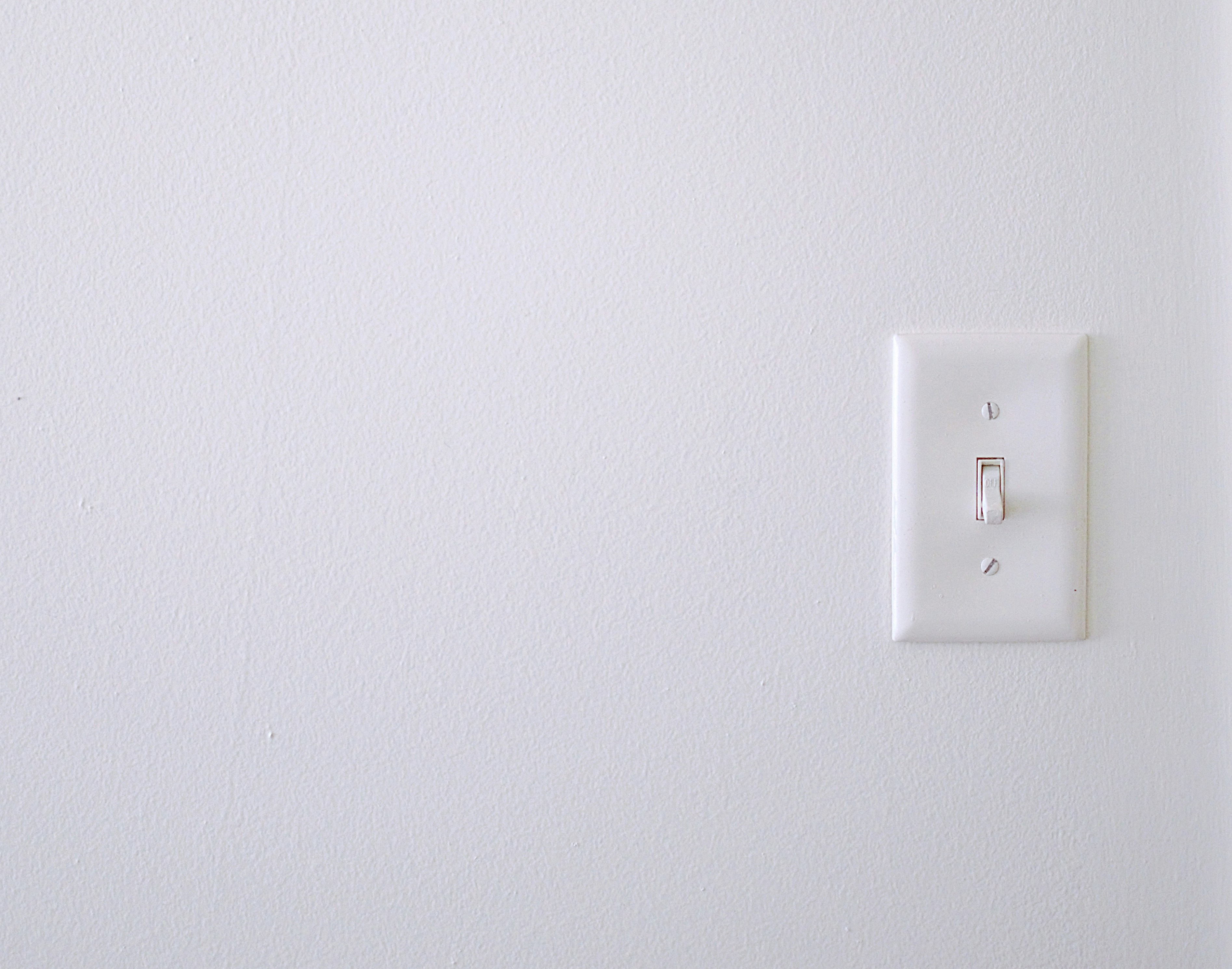Ready to Publish
Ready to Publish
Publish Date
Oct 17, 2021
Slug
Excerpt
Opposite thinking is a kind of thinking in which habits of thought are triggered without the intervention of conscious thought.
Related Posts
Featured
Featured
External Link
Extra Info
Status
Scheduled
:Source URL
:Priority
B
Authors
Opposite thinking is a kind of thinking in which habits of thought are triggered without the intervention of conscious thought. You can recognise Opposite thinking when you see it;
- The discussion has two and only two options.
- These two options tend to shape all conversation in the domain in which they occur and tend to act as a type of barrier to alternative framing or more nuanced conversation
- Depending on your perspective, one of these options is good and the other is bad.
- People often feel emotionally attached to their position.
The dogma of Opposite thinking is that everything can be defined by two opposites. These opposites create an invisible agenda that limits our options and denies anything else that is not described in terms of one opposite or the other.
Opposite thinking is appealing because it simplifies the complexity of real world. The world is complex and our choices can have important consequences. When over-simplification is combined with the emotional discomfort of uncertainty, the quality of our thinking is impaired. We look for external experts to give us the easy answers of a black and white world. This allows us to quickly move from fear and uncertainty to safety and the security of external authority.
Opposite thinking is endemic in public conversations around issues of the day. Politics is a domain of life where Opposite thinking is obvious with the split of parties into the left and the right. The political left-right Dyad hides the nuances of a much more complex world. Each side represents one pole of a larger but “hidden” (third force) whole.
The 6 features of Opposite Thinking are;
1. Dyadic
A Dyad is any system that has 2 "terms"; the architecture of Opposite Thinking is the Dyad. Not only does Opposite Thinking only provide 2 options but each of those options only has 2 evaluations; either right or wrong (true or false).
2. Uncertainty and emotional discomfort
Uncertainty in the face of important consequences and complexity leads people to feel emotionally uncomfortable. Our habitual response to discomfort is to move away from it as quickly as possible. One of the best ways to doing this is to look to external authorities to tell us what to do.
3. Externalised authority
Opposite Thinking is a function of Projected authority whereby authority is external to us. We look to external authorities to tell us what to do; and quickly please. In projecting authority onto another person or institution we abdicate responsibility for exploring our own thinking on the issue. This is the death of curiosity, nuance and responsibility for better choices.
4. Objective Truth
Opposite Thinking also projects a “third person” objectivity onto the world that doesn’t exist. Primary Dyad distinctions like subject and object or subjective and objective are outdated Cartesian artefacts of a world where an implicit Projected authority asserts the idea of an absolute truth and then defines what it is.
5. Blindness to context
George Gurdjieff said that we are Third force blind which is blindness to the Reconciling force which brings relationship and wholeness to a situation. Opposite thinking is a way of perceiving & thinking which only sees one option at a time, and doesn't recognise the larger contextual "whole" of which the opposites are "parts", and relatively arbitrary ones at that. A dyad sees 2 possibilities. A Triad sees infinite possibilities.
Opposite Thinking creates a number of false dichotomies
- Free will vs determinism
- capitalism vs communism
- right vs wrong
6. A habit of thought
We generally think of habits as only being associated with physical behaviours but they are just as evident in our thinking, our attention and our valuing. Habituality is simply an automatic connection between a stimulus and a matching response. Once a habit is formed it becomes very difficult to change, and because it is automatic we often forget about the alternatives. The options become a cultural habit of thinking which unconsciously frames the issue such that no other narratives or choices are considered anymore. Opposite Thinking is habitual and programmed; nothing new is created out of Opposite Thinking
Bridled Autopilot and Together Thinking
Opposite Thinking is a function of Rusty Autopilot which gives it the characteristic nature of the Dyad. Whereas Opposite Thinking is a function of the Dyad, when this structure is transcended then thinking shifts to become Organic thinking.
Sources and influences
Gurdjieff on Formatory thinking
Formatory thinking is the term that George Gurdjieff gave to what I call Opposite Thinking. The “Formatory Apparatus” is his name for the mechanical (habitualised) part of the intellectual centre. Binary "either-or" thinking, can count to 2 only (yes-no, for-against, right-wrong, good-bad). It does not think; it can only recite.
"It is always possible to recognise ‘formatory thinking.’ For instance, formatory centre can count only up to two. It always divides everything in two: ‘bolshevism and fascism,’ ‘workers and bourgeois,’ proletarians and capitalists’ and so on. We owe most modern catchwords to formatory thinking, and not only catchwords but in modern popular theories. Perhaps it is possible to say that at all times all popular theories are formatory."
William Page on Opposite Thinking
William Page, also a student of George Gurdjieff, independantly came up with the same term to refer to same phenomenon.
From An Inconvenient Idea
"Opposite thinking is not really thinking. It is a way the mind categorises ideas by opposites: if this is true, then that must be false. One of the characteristics of opposite thinking is that it compares ideas to find differences. It is also incapable of holding more than two ideas at a time. The aim of opposite thinking is not to understand, it is to pigeonhole ideas: is this idea right or wrong, is it liberal or conservative, is it scientific or religious?"
"Another hallmark of opposite thinking is that it results in opinions rather than understanding. Opinions are beliefs that stop understanding. We have all met people who hold a particular political view and believe that anything that contradicts that view is wrong."




%2Fblindspotdetection-5be09bffc9e77c00515ef045-08e676c4c6314a22b48d10e5454adcb1.jpg?table=block&id=71072dbf-3163-41ed-9a16-c69d9ed8c946&cache=v2)